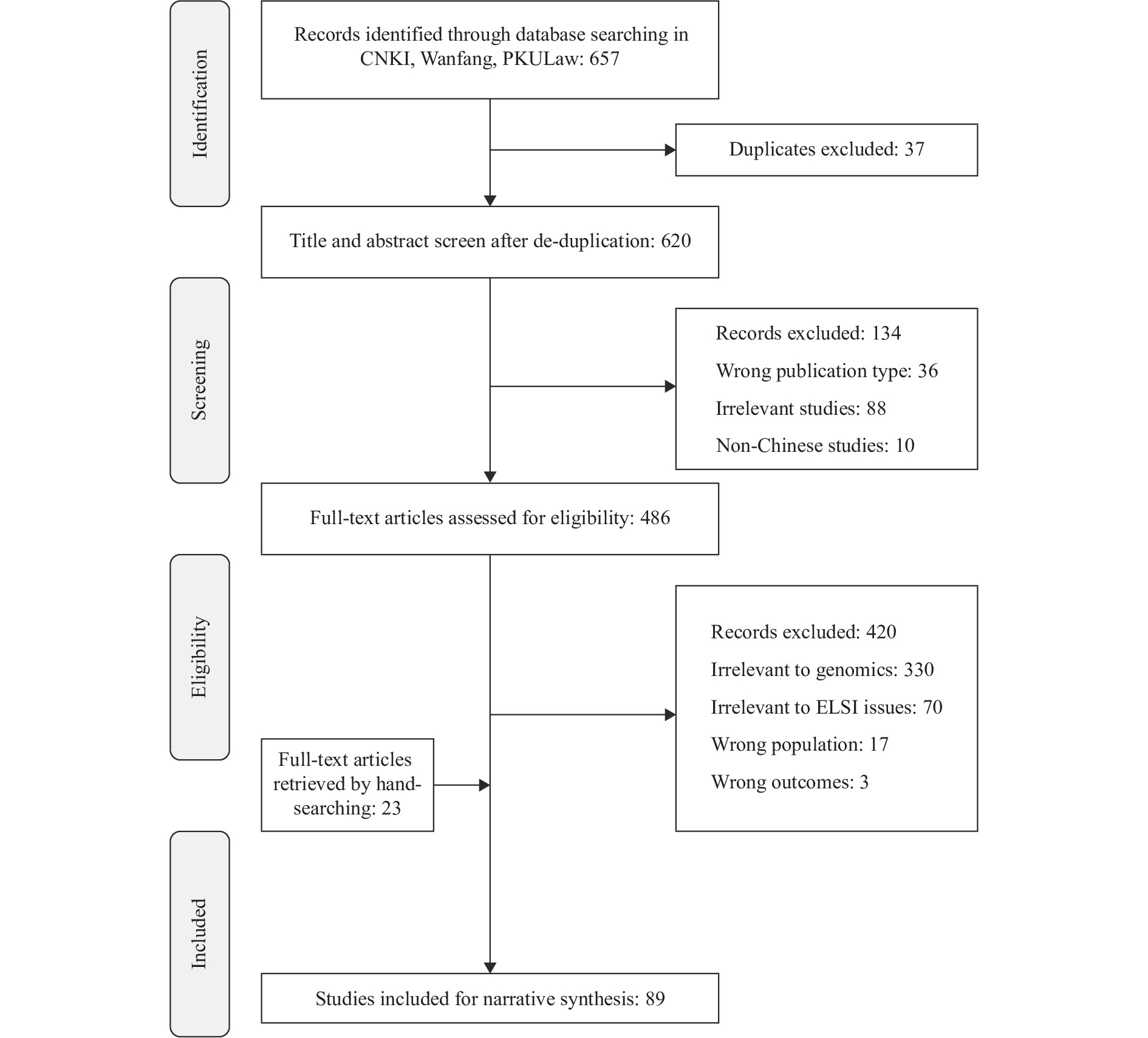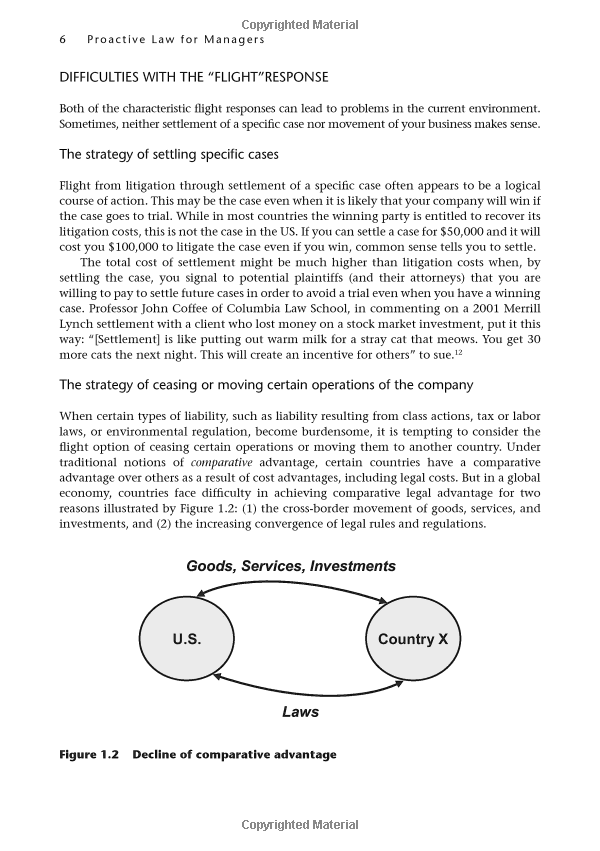Understanding the Legal Process: How to Successfully Obtain a Vacate Order
#### What is a Vacate Order?A **vacate order** is a legal document issued by a court that nullifies a previous order or judgment. This can apply in various……
#### What is a Vacate Order?
A **vacate order** is a legal document issued by a court that nullifies a previous order or judgment. This can apply in various contexts, such as eviction proceedings, family law disputes, or civil cases. The purpose of a vacate order is to provide relief to an individual or entity that has been adversely affected by a prior decision, allowing them to reset their legal standing.
#### The Importance of a Vacate Order
Obtaining a **vacate order** can be crucial for individuals facing eviction or those seeking to overturn a judgment that may have been entered against them without proper notice or representation. It serves as a mechanism for justice, ensuring that all parties involved have the opportunity to present their case fully and fairly.
#### Grounds for Requesting a Vacate Order
There are several grounds on which a party may request a **vacate order**. These include:

1. **Lack of Jurisdiction**: If the court that issued the original order did not have the authority to do so, a vacate order can be sought.
2. **New Evidence**: If new evidence emerges that could significantly alter the outcome of the case, a party may request a vacate order based on this information.
3. **Procedural Errors**: If there were significant errors in the legal process, such as improper service of documents or failure to provide adequate notice, a vacate order may be warranted.
4. **Fraud or Misrepresentation**: If one party can prove that the original judgment was obtained through fraudulent means, they may be eligible for a vacate order.
#### The Process of Obtaining a Vacate Order

The process for obtaining a **vacate order** can vary depending on the jurisdiction and the specific circumstances of the case. Generally, the following steps are involved:
1. **Filing a Motion**: The party seeking the vacate order must file a motion with the court that issued the original order. This motion should clearly outline the grounds for the request and include supporting evidence.
2. **Notice to Other Parties**: In most cases, the party requesting the vacate order must provide notice to all other parties involved in the original case. This ensures that everyone has the opportunity to respond to the motion.
3. **Hearing**: A hearing may be scheduled where both parties can present their arguments. The judge will consider the evidence and make a determination based on the merits of the case.
4. **Court Decision**: After reviewing the motion and hearing from both sides, the court will issue a decision. If the vacate order is granted, the original order will be nullified.

#### Conclusion
A **vacate order** is an essential tool in the legal system that helps ensure fairness and justice. Whether you are facing eviction or seeking to overturn a judgment, understanding the process and grounds for obtaining a vacate order is crucial. If you believe you have valid reasons for requesting a vacate order, it is advisable to consult with a legal professional who can guide you through the process and help protect your rights.